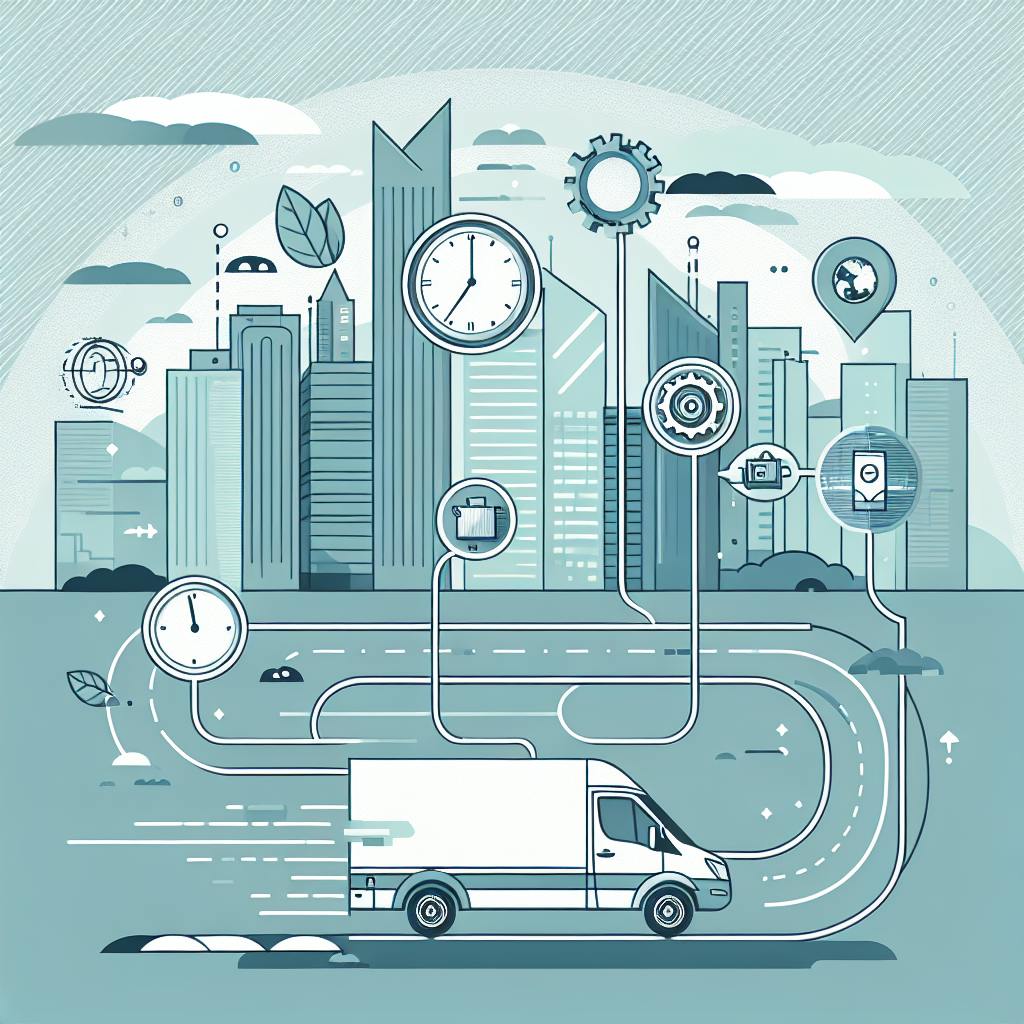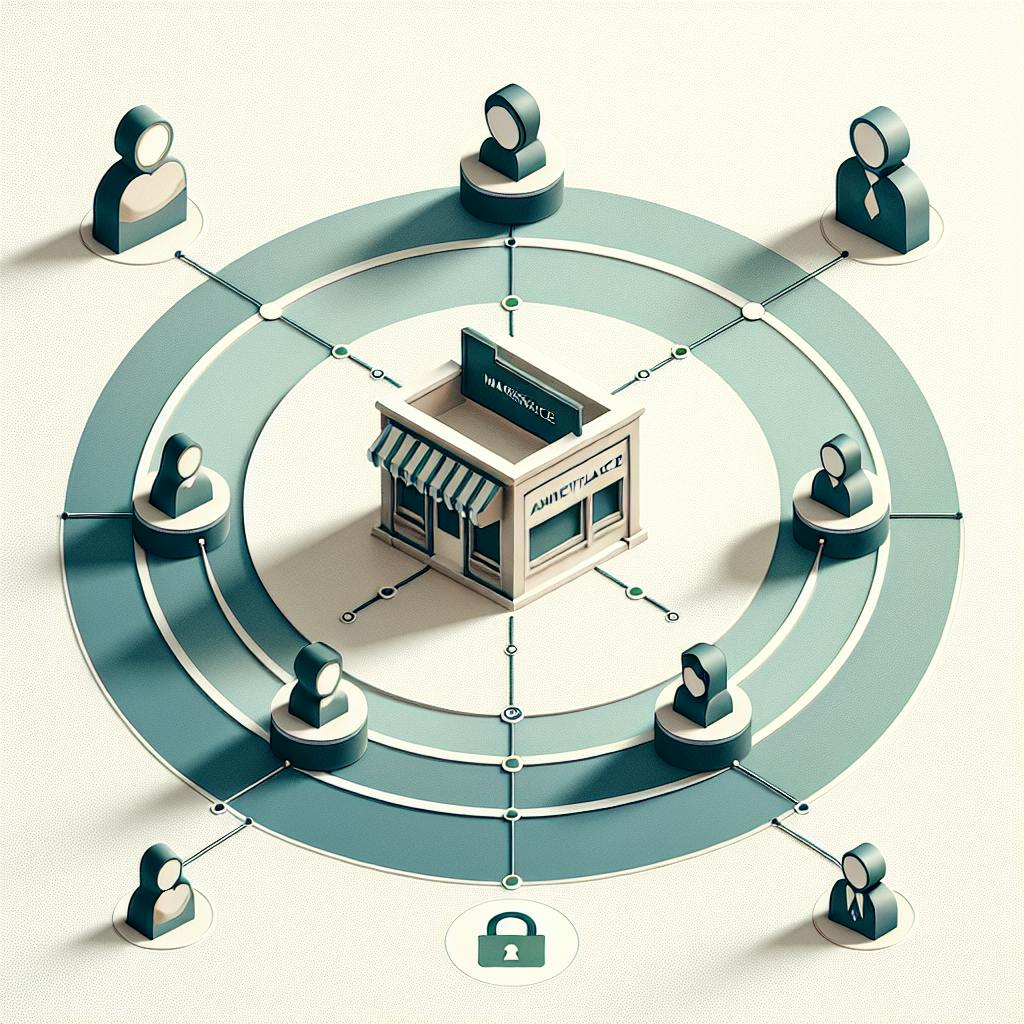Here's a quick guide to creating a Minimum Viable Product (MVP) for your online marketplace:
- Research market and competitors
- Define your value proposition
- Identify target users
- Choose key features:
- User sign-up and login
- Product listing management
- Search and filter options
- Payment processing
- User messaging system
- Reviews and ratings
- Select appropriate technology stack
- Plan and design user experience
- Develop backend and frontend
- Test thoroughly
- Launch gradually and gather feedback
- Continuously improve based on user input
| Step | Action | Purpose |
|---|---|---|
| Plan | Define goals and features | Set clear direction |
| Build | Develop core functionality | Create working platform |
| Test | Quality assurance | Ensure smooth operation |
| Launch | Start with small user group | Manage risks and get feedback |
| Improve | Update based on user input | Enhance user experience |
Remember to focus on solving the "chicken and egg" problem by attracting both buyers and sellers, ensuring platform safety, and meeting user needs as you grow.
Related video from YouTube
Types of Online Marketplaces
Online marketplaces come in different forms. Knowing these types helps when making an MVP.
Different Marketplace Categories
Here are the main types of marketplaces:
| Category | What it's for | Examples |
|---|---|---|
| Goods and Products | Buying and selling items | Amazon, eBay |
| Services | Offering or finding services | Uber, Upwork |
| Media | Trading music, photos, etc. | MediaMath, TravMedia IMM |
| Investment and Crowdfunding | Connecting investors with projects | CircleUp, Kickstarter |
Each type has its own features, ways to make money, and target users. Knowing which type your marketplace is will help you make a better MVP.
Key Parts of a Marketplace
A good online marketplace usually has these parts:
- Buyers: People or companies looking to buy
- Sellers: People or companies offering things to sell
- Platform: The website or app where buyers and sellers meet
- Payment System: A safe way to handle money
- Review System: A way for buyers to rate sellers, building trust
These parts work together to create a working marketplace. When making your MVP, focus on getting these basics right.
Steps Before Development
Before you start building your online marketplace MVP, take these important steps:
Market Research and Competitor Analysis
Look into your market and competitors to understand:
- Who your customers are
- What they need
- What other marketplaces offer
This helps you:
- Make sure your idea works
- Improve your business plan
- Stand out from others
To do this:
- Gather info about your target customers
- Study your competitors
- Find gaps in the market
Defining Your Value Proposition
Your value proposition is a short statement that explains why people should use your marketplace. It should:
- Show how you're different from others
- Explain the main benefits for users
To create your value proposition:
- List the main benefits of your marketplace
- Write a short statement that sums up these benefits
- Use this to guide your development
Identifying Target Users
Knowing your target users helps you build a marketplace they'll want to use. To do this:
| Step | Action | Purpose |
|---|---|---|
| 1 | Do surveys or interviews | Get info about user needs |
| 2 | Create user profiles | Understand different user types |
| 3 | Analyze the data | Find common user needs |
Use this info to make sure your marketplace meets user needs.
Main Features for a Marketplace MVP
When building an online marketplace MVP, focus on these key features:
User Sign-up and Login
A simple sign-up and login process lets users:
- Create accounts
- Save their info
- Access their profiles quickly
Product Listing Management
This feature helps sellers:
- Add new products
- Write descriptions
- Upload images
- Set prices
Make this process easy to encourage more sellers to use your platform.
Search and Filter Options
Good search and filter options help buyers find what they want. Include:
- Keyword search
- Category browsing
- Price filters
Payment Processing
Safe and easy payments are a must. Add payment options like:
User Messaging System
Let buyers and sellers talk to each other. This builds trust and helps sales. Include:
- Direct messaging
- Q&A sections
User Reviews and Ratings
Reviews and ratings help buyers make choices. Make sure your system is:
- Fair
- Clear
- Easy to use
| Feature | Why It's Important |
|---|---|
| User Sign-up | Lets people use the site |
| Product Listings | Helps sellers show what they have |
| Search | Helps buyers find things |
| Payments | Lets people buy and sell safely |
| Messaging | Lets users talk to each other |
| Reviews | Builds trust between users |
These features will help you test your idea and get feedback from early users.
Picking the Right Technology
When building an online marketplace MVP, choosing the right tech is key. Your choice affects how well your platform can grow, how safe it is, and how much it costs. Here's what to think about:
What to Consider
Before picking your tech, know what your business needs. Think about:
- Growth: How fast will your business grow? Pick tech that can handle this growth.
- Money: Know how much you can spend. Think about costs for software, changes, add-ons, and upkeep.
- Ease of use: Can your team handle the tech? Do you have developers who can work with complex systems?
- Working with other tools: Will the tech work with other things you need, like ways to pay, email tools, or shipping helpers?
Common Tools and Frameworks
Here are some popular tech choices for building marketplaces:
| Part of the System | Popular Choices |
|---|---|
| Front-end | React, Angular, Vue.js |
| Back-end | Node.js, Ruby on Rails, Django |
| Cloud | AWS, Microsoft Azure, Google Cloud |
| Databases | MySQL, PostgreSQL, MongoDB |
| APIs | RESTful APIs, GraphQL |
When picking your tech, look at the good and bad points of each option. Choose the ones that fit best with what your business needs and wants to do.
MVP Development Steps
Planning and Requirements
When building an MVP for an online marketplace, good planning is key. Here's what to do:
- Understand your project goals
- Know who will use your marketplace
- List the most important features
Do some research to see what other marketplaces offer. Find out what makes your idea different. Know who you're building for and what they need.
Make a plan that shows:
- What features you'll build
- When you'll build them
- How long it will take
This helps everyone stay on track.
Designing the User Experience
Good design is important for your MVP. It helps people want to use your marketplace. Here's what to do:
- Make rough sketches of how your marketplace will look
- Build a simple version to test
- Ask people to try it and give feedback
- Fix any problems they find
Make sure your design works well on phones, tablets, and computers.
Backend Development
The backend is the part of your marketplace that users don't see. It's important to:
- Choose the right programming language
- Pick a good database to store information
- Build ways for the front and back parts to talk to each other
Make sure your backend can handle lots of users as your marketplace grows.
Frontend Development
The frontend is what users see and interact with. To build it:
- Use HTML, CSS, and JavaScript
- Make sure it looks good on all devices
- Use tools that help you build faster
Create parts that you can use again and again to save time.
Adding Core Features
Focus on the most important features first. These might include:
| Feature | Why It's Important |
|---|---|
| User sign-up | Lets people join your marketplace |
| Buying and selling | The main purpose of your marketplace |
| Payments | Lets money change hands safely |
| Messaging | Helps buyers and sellers talk to each other |
Build these features one by one and test each one as you go.
Testing and Quality Checks
Testing helps make sure your MVP works well. Here's what to do:
- Test each part of your marketplace
- Test how all the parts work together
- Have real people try using your marketplace
- Look for any security problems
Fix any issues you find before you launch your MVP.
sbb-itb-8201525
Ways to Make Money with Your MVP
When you start your online marketplace, you need to think about how you'll make money. Here are some common ways:
Transaction Fees
This is when you take a small cut of each sale. You can charge:
- The buyer
- The seller
- Both
For example, Airbnb charges guests, while Uber takes money from drivers.
Subscription Fees
You can ask users to pay a regular fee for:
- Special features
- Extra content
- Better help
LinkedIn does this. They offer a paid plan with more tools for job seekers and recruiters.
Listing Fees
This is when you charge sellers to put their items on your site. Places like Craigslist and eBay use this. You can charge:
- A set amount
- A percentage of the sale price
Advertising Income
You can make money by showing ads on your site. Here's how it works:
| Step | Description |
|---|---|
| 1 | Show ads to users |
| 2 | Base ads on what users search for or like |
| 3 | Get paid when users click or see ads |
Google AdSense is a popular way to do this.
You can use one or more of these ways to make money. Try different ones to see what works best for your business and users.
Launching Your MVP
Starting your MVP is a big step. It's important to test it with early users, get their thoughts, and make it better before growing bigger.
Testing with Early Users
Before showing your MVP to everyone, try it with a small group first. This helps you:
- Find and fix big problems
- Get user opinions
- Make your platform better
You can offer special deals to get early users to try it and give feedback.
Using User Feedback
What users say about your MVP is very important. Ask them what they think through:
- Surveys
- Feedback forms
- Direct messages
Look at what they say and fix the most important things first. Keep updating your MVP to show users you care about making it better.
Gradual Launch Plan
Starting slow can help you manage risks. Here's how to do it:
| Step | Action | Benefit |
|---|---|---|
| 1 | Start with a small group | Find issues early |
| 2 | Slowly add more users | Fix problems as you go |
| 3 | Keep improving | Make your platform better |
This way, you can fix things and make your platform better before lots of people use it.
After Launch: Next Steps
After starting your MVP, you need to watch how it's doing, make it better, and help it grow.
Watching How It's Doing
Keep an eye on these things:
| Type | What to Watch |
|---|---|
| How People Use It | How many leave quickly, how long they stay, how many use it each month |
| How It Sells | How many sales, how many buyers and sellers, how often people buy again |
| How the Business Does | How much money it makes, how much it costs to get new users, how much each user is worth |
Looking at these numbers helps you see what needs to be fixed.
Making It Better with User Info
Ask users what they think through:
- Short questions
- Forms on the website
- Messages
Look at what they say and fix the most important things first. Keep making changes to show users you care.
Growing Your Platform
To make your platform bigger:
| What to Do | How to Do It |
|---|---|
| Make it bigger | Get better computers, make it work faster, hire more people |
| Work with others | Team up with other businesses to get more users |
| Keep improving | Update your platform often to give users what they want |
Common Problems and Solutions
Matching Buyers and Sellers
Connecting buyers and sellers is a big challenge for online marketplaces. To fix this:
| Problem | Solution |
|---|---|
| Understanding users | Study what buyers and sellers want |
| Pricing | Use flexible fees and smart pricing |
| Data use | Use data to match products with customers |
| Trust | Add ratings and reviews |
These steps help make sure the right people find each other on your site.
Keeping the Platform Safe
Safety is key for online marketplaces. Here's how to make your site safer:
| Safety Measure | How It Helps |
|---|---|
| Secure payments | Protects money transfers |
| User checks | Makes sure users are real |
| Problem solving | Helps fix issues between buyers and sellers |
| Two-step login | Stops others from getting into accounts |
| Report system | Lets users tell you about bad behavior |
These tools help keep your marketplace safe for everyone.
Meeting User Needs
To make users happy, you need to know what they want. Here's what to do:
- Ask users what they think
- Look at how people use your site
- Keep making your site better
Some ways to improve:
| Feature | Benefit |
|---|---|
| Personal suggestions | Shows users things they might like |
| Better search | Helps users find what they want faster |
| Easy-to-use design | Makes the site simple for everyone |
Wrap-up
Key Steps Review
To build a good online marketplace MVP, follow these steps:
| Step | What to Do |
|---|---|
| 1. Research | Look at the market and other similar sites |
| 2. Plan | Decide what makes your site special and who will use it |
| 3. Build basics | Make sign-up, listings, search, payments, and messaging |
| 4. Choose tech | Pick the right tools to build your site |
| 5. Design | Make the site easy to use |
| 6. Develop | Build the parts users see and don't see |
| 7. Test | Check everything works well |
| 8. Launch | Start small and grow slowly |
Keeping Your MVP Fresh
After you start your MVP, keep making it better:
- Listen to what users say
- Watch how people use your site
- Fix problems quickly
To keep your MVP up-to-date:
| What to Do | Why It's Important |
|---|---|
| Update your tech | Keeps your site fast and safe |
| Add new things | Gives users more reasons to use your site |
| Make it easier to use | Helps people enjoy using your site |
| Grow your market | Finds new people to use your site |
| Check often | Makes sure everything works well |
FAQs
How to MVP a marketplace?
To create a basic version (MVP) of a marketplace:
- Pick your focus and target users
- List key features
- Set a budget
- Build a simple site with:
- User sign-up
- Product listings
- Search function
- Payment system
- User messaging
- Start small, get user feedback
- Make changes based on what users say
How to create a marketplace website?
To build a marketplace website:
| Step | Action |
|---|---|
| 1 | Choose your market and users |
| 2 | List main features |
| 3 | Set a budget |
| 4 | Pick how you'll make money (fees, ads) |
| 5 | Design an easy-to-use site |
| 6 | Build key parts (profiles, listings, search, payments, messaging) |
| 7 | Test the site |
| 8 | Start small and grow |
| 9 | Keep making it better based on user feedback |


